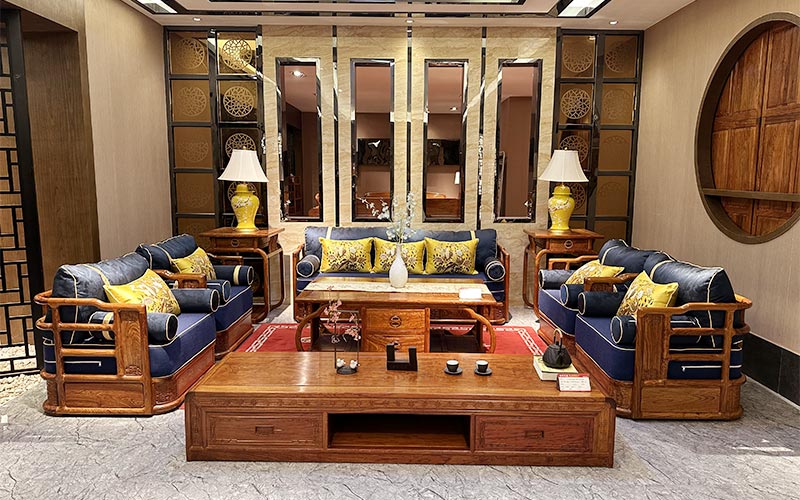Common Challenges Faced by Enthusiasts When Choosing the Best Chinese Tea Table
When it comes to selecting the ideal Chinese Tea Table, enthusiasts often encounter a range of challenges that can complicate their decision-making process. According to a report by the China National Tea Management Association, the tea culture market has experienced remarkable growth, increasing by approximately 15% annually over the last five years, highlighting a burgeoning interest in traditional tea practices. However, with this rise in popularity comes a plethora of choices, each varying in design, material, and functionality. A survey conducted by the Tea Table Manufacturers Guild shows that over 60% of consumers feel overwhelmed by the myriad of options available, which can lead to confusion about practical dimensions, style compatibility, and budget constraints. Understanding these common challenges is crucial for enthusiasts aiming to find a Chinese Tea Table that not only fits their aesthetic preferences but also enriches their tea-drinking experience.
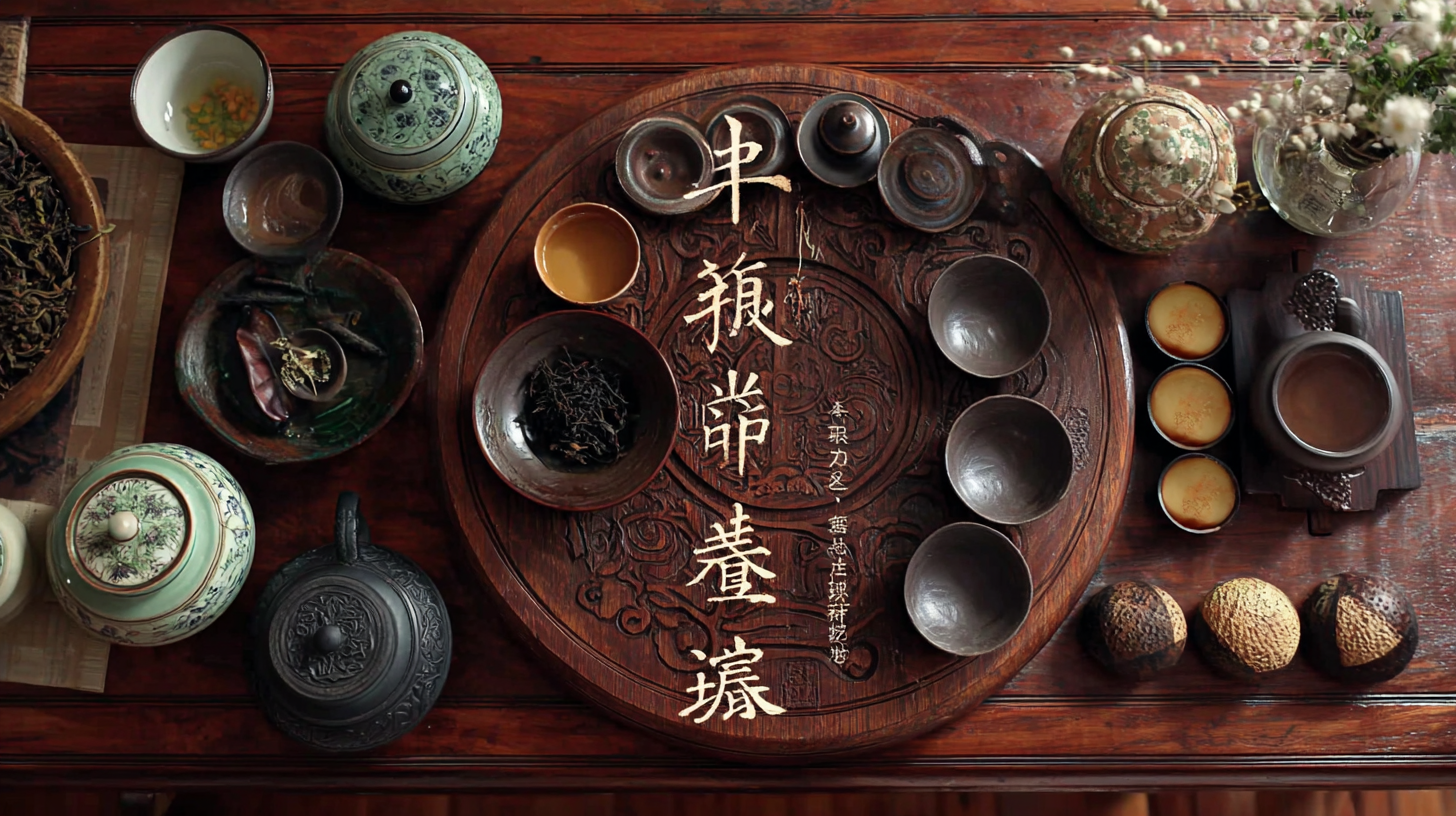
The Importance of Authenticity in Chinese Tea Table Selection
When selecting a Chinese tea table, authenticity plays a pivotal role in ensuring not just aesthetic pleasure, but also the preservation of cultural heritage. Genuine Chinese tea tables are often crafted from high-quality materials such as solid wood, showcasing intricate designs that reflect historical craftsmanship. These tables are more than mere furniture; they are a representation of centuries-old traditions and philosophies surrounding tea culture. An authentic tea table can elevate the tea-drinking experience, creating an atmosphere that honors the ritual's significance.
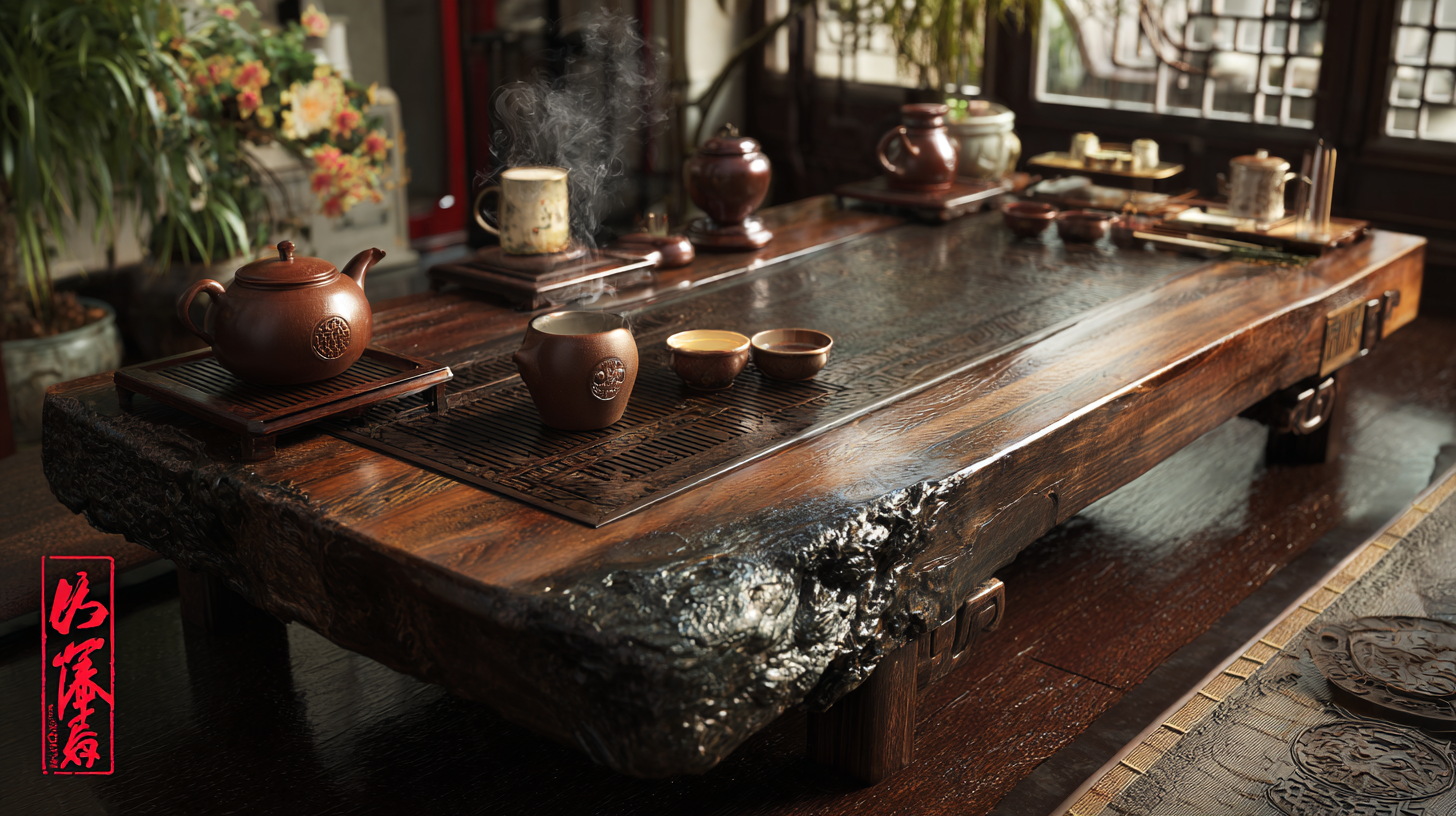
Moreover, choosing an authentic Chinese tea table supports artisans who uphold traditional methods of production. In an era where mass-produced furniture floods the market, it can be tempting to opt for cheaper, imitation pieces. However, these imitations often lack the character and soul embedded in true craftsmanship. Enthusiasts are encouraged to look for tables that not only meet their aesthetic preferences but also resonate with their values of authenticity and quality.
Engaging with knowledgeable dealers and understanding the craftsmanship behind each piece can enhance one’s selection process, leading to a profound appreciation for the art of tea and the legacy associated with these exquisite tables.
Understanding the Different Styles of Chinese Tea Tables
When it comes to selecting the best Chinese tea table, enthusiasts often encounter a variety of styles, each with its unique characteristics and significance. Traditional Chinese tea tables are typically low, emphasizing a sense of intimacy and connection among participants. These tables often feature intricate carvings and designs that reflect cultural stories and philosophies. A classic style might include beautifully crafted wooden tables made from hardwoods such as rosewood or teak, showcasing the artisanship of traditional Chinese woodworking.
In contrast, modern interpretations of Chinese tea tables can embrace minimalist designs, focusing on functionality while maintaining an aesthetic appeal. These contemporary styles often incorporate materials like glass or metal, catering to a broader range of home decor. However, it’s essential for tea enthusiasts to consider how these different styles align with their personal taste and the overall ambiance of their space. The choice between a rustic, traditional table or a sleek, modern piece will influence not only the tea-drinking experience but also the atmosphere of gatherings, emphasizing the importance of selecting a table that truly resonates with one’s lifestyle.
Materials Matter: Choosing the Right Wood for Your Tea Table
When embarking on the journey to select the perfect Chinese tea table, one of the principal considerations is the material, specifically the wood used in its construction. Different types of wood not only influence the aesthetic appeal of the table but also its durability and functionality. Hardwoods, such as mahogany and rosewood, are often favored for their strength and beautiful grain patterns, providing a timeless elegance that complements traditional Chinese tea ceremonies. They can withstand the test of time and heavy use, making them a sound investment for any tea enthusiast.
Moreover, the choice of wood affects the overall atmosphere of the tea space. Lighter woods like elm can create a more casual and airy ambiance, whereas darker woods tend to evoke a sense of warmth and richness. Understanding the characteristics of various woods is essential; for instance, bamboo, being a sustainable option, adds an element of eco-friendliness while offering a unique aesthetic. Therefore, carefully considering the type of wood will enhance not only the functionality of your tea table but also elevate your tea-drinking experience, creating a harmonious balance between form and function.
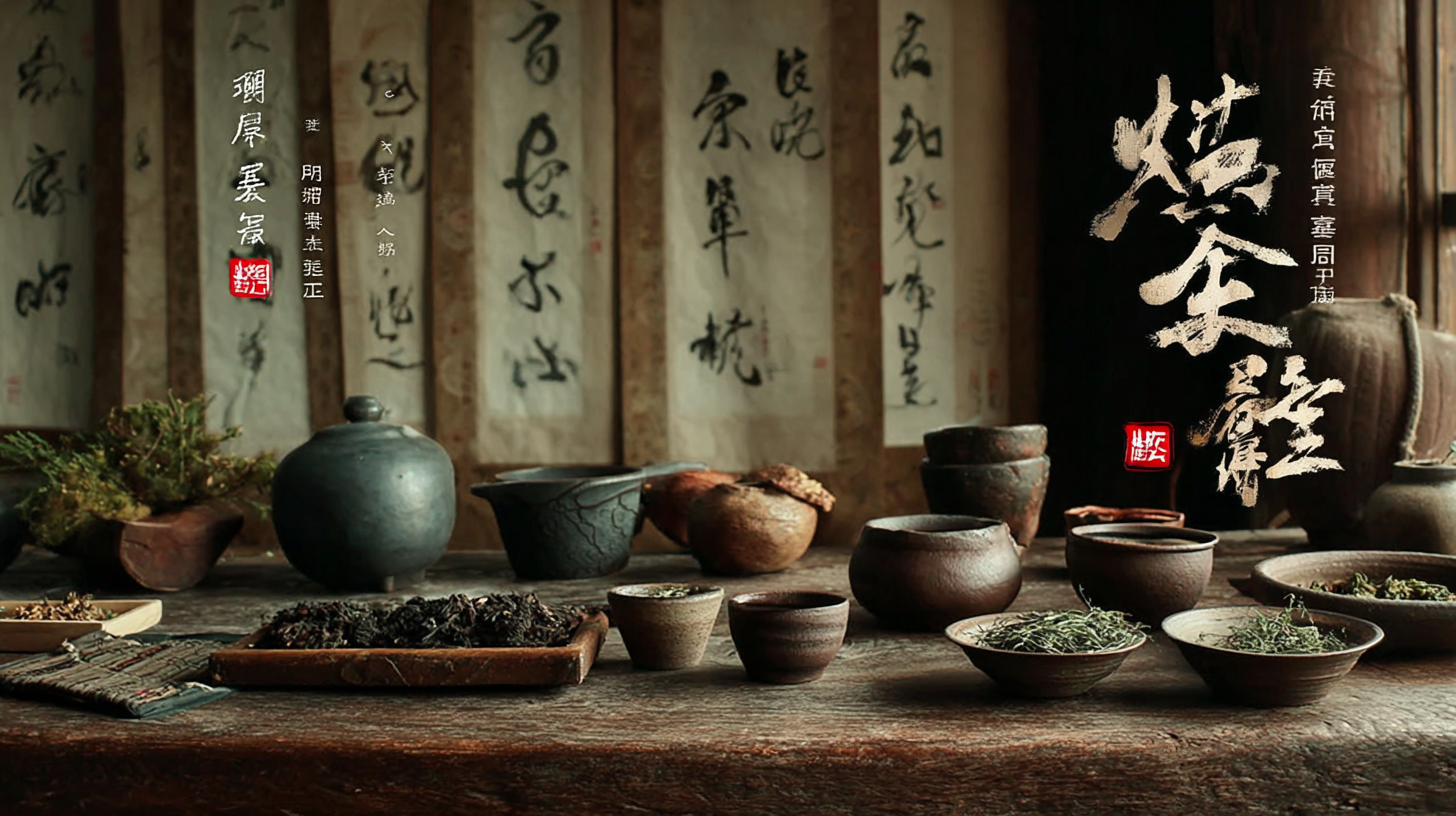
Cultural Significance: How Design Influences the Tea Experience
The design of a Chinese tea table plays a crucial role in shaping the overall tea-drinking experience, deeply intertwined with cultural significance. Traditional Chinese tea ceremonies emphasize harmony and elegance, where the tea table serves as the centerpiece. Its design elements, such as material, shape, and craftsmanship, contribute to a serene ambiance that enhances the appreciation of tea. For instance, a low table encourages a close, intimate gathering, fostering connections among participants as they engage in conversation while savoring every sip.
Furthermore, the aesthetic aspects of a tea table reflect cultural values, with intricate carvings and symbolic motifs that tell stories of heritage and craftsmanship. These details not only elevate the experience but also highlight the importance of mindfulness and respect in tea culture. Enthusiasts often face the challenge of selecting a tea table that not only fits their personal style but also resonates with the deeper significance of the tea practice.
Finding a balance between function and aesthetic can be daunting, yet it is essential for creating an environment conducive to the appreciation of this time-honored tradition.
Practical Considerations: Size and Functionality for Tea Enthusiasts
When choosing the best Chinese tea table, enthusiasts often face significant challenges related to size and functionality. Selecting the right size is crucial, as it needs to fit comfortably within your space while accommodating your tea set and guests. A table that is too large can overwhelm a small room, while one that is too small may not serve its intended purpose during gatherings. Therefore, it's essential to measure your available space accurately and envision how the table will integrate into your tea-drinking experience.
Functionality also plays a vital role in deciding on a tea table. Consider how you plan to use the table: will it be primarily for serving tea, or will it double as a decorative piece? Features such as drawers for storing tea and utensils, or shelves for displaying teapots and accessories, can greatly enhance the practicality of your selection. Additionally, a table's surface should be easy to clean and durable enough to withstand spills and stains from tea service. By prioritizing these practical considerations, tea enthusiasts can find a table that not only complements their style but also fulfills their functional needs during tea ceremonies.
Common Challenges Faced by Enthusiasts When Choosing the Best Chinese Tea Table - Practical Considerations: Size and Functionality for Tea Enthusiasts
| Challenge |
Description |
Considerations |
| Size |
Finding a table that fits in a designated space without overcrowding the room. |
Measure available space; consider table proportions and height in relation to seating. |
| Functionality |
Determining if the table serves purely decorative or practical purposes for tea ceremonies. |
Assess personal tea-drinking habits; choose a design that facilitates tea preparation and serving. |
| Material |
Choosing between various materials like wood, bamboo, or metal, each impacting aesthetic and durability. |
Consider climate, maintenance requirements, and desired décor style when selecting materials. |
| Design |
The aesthetic appeal and cultural significance of the tea table's design elements. |
Look for designs that resonate with personal taste while honoring traditional motifs and functionality. |
| Portability |
The ease with which the tea table can be moved, especially for those with limited space. |
Consider lightweight materials and modular designs that allow easy assembly and disassembly. |

